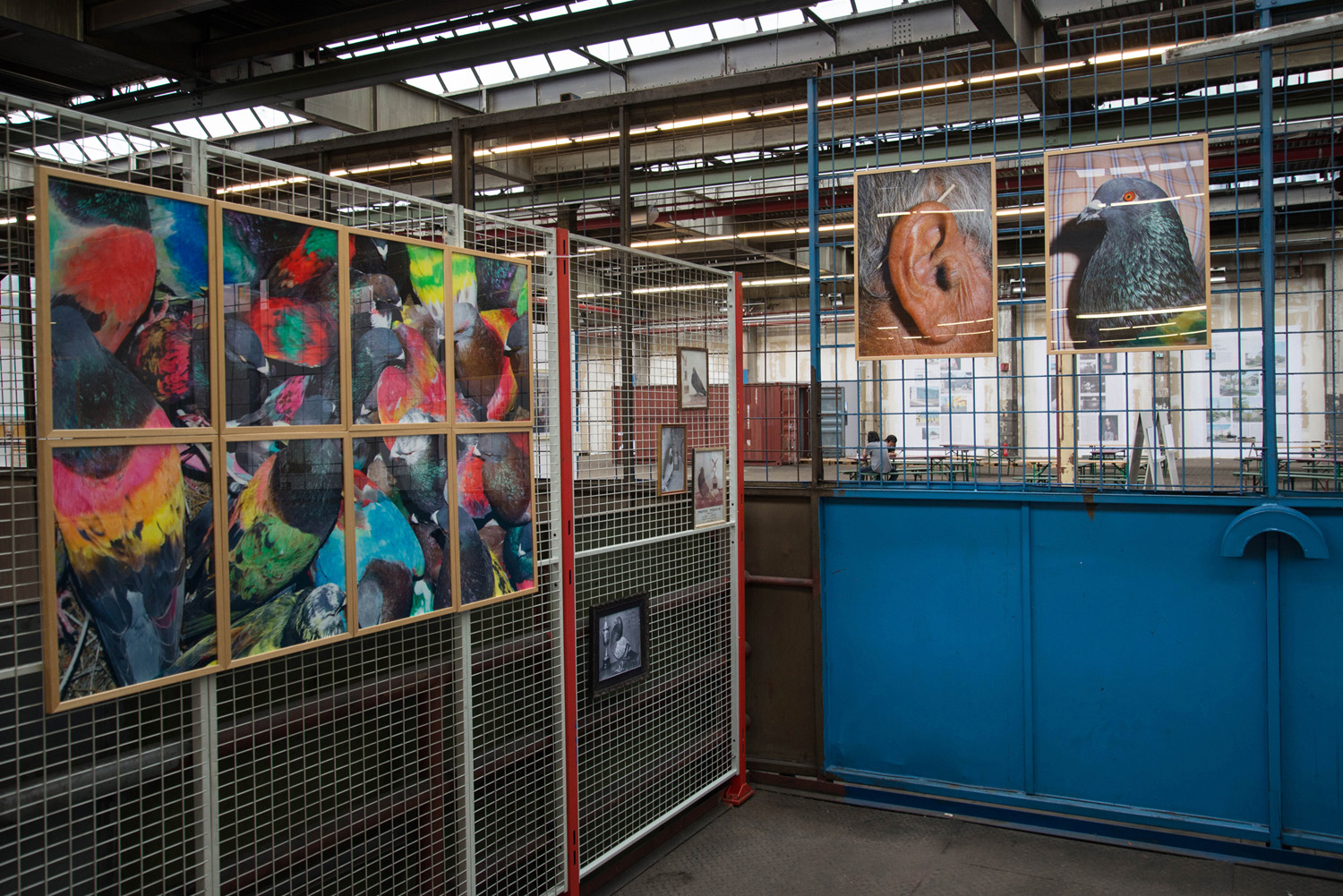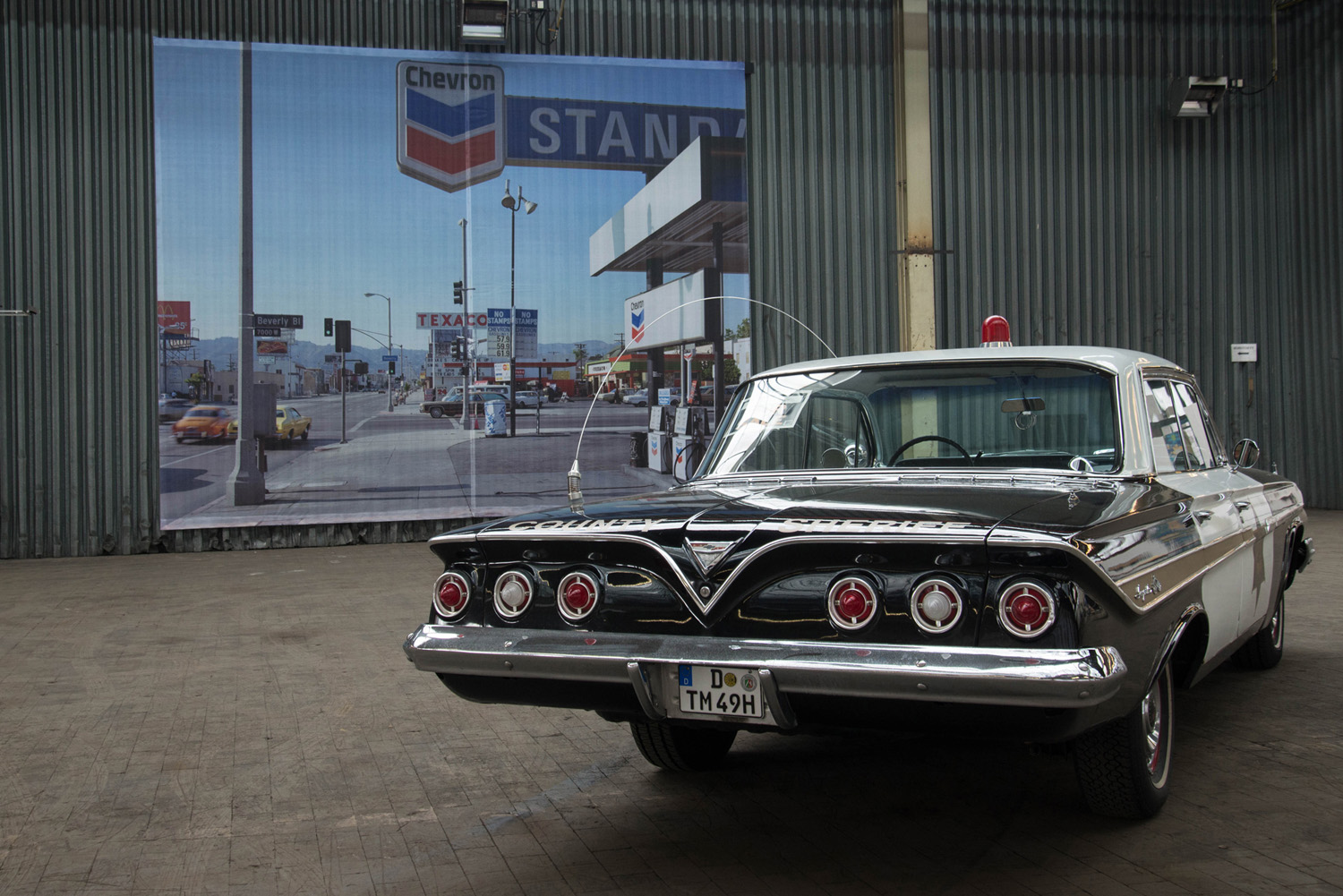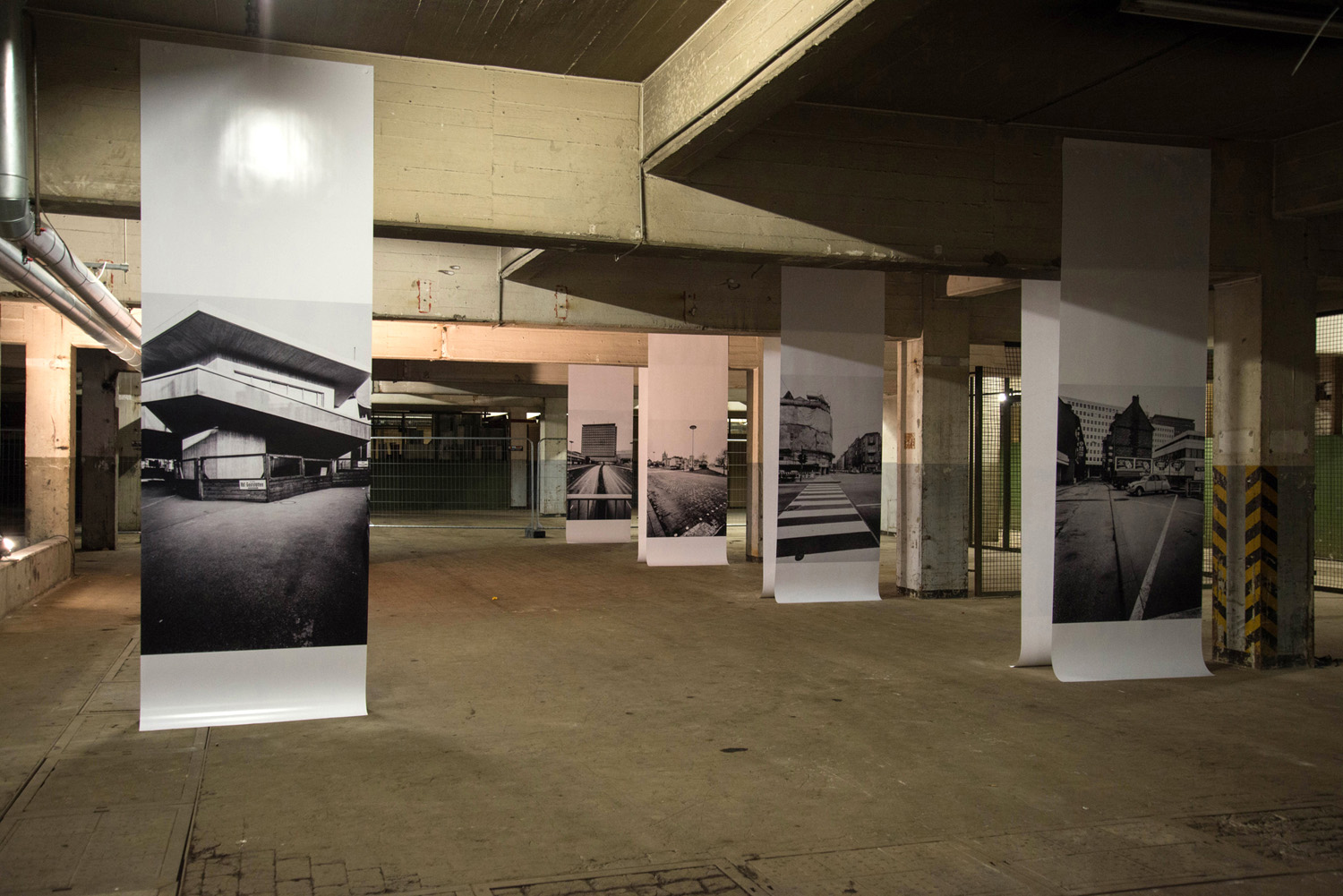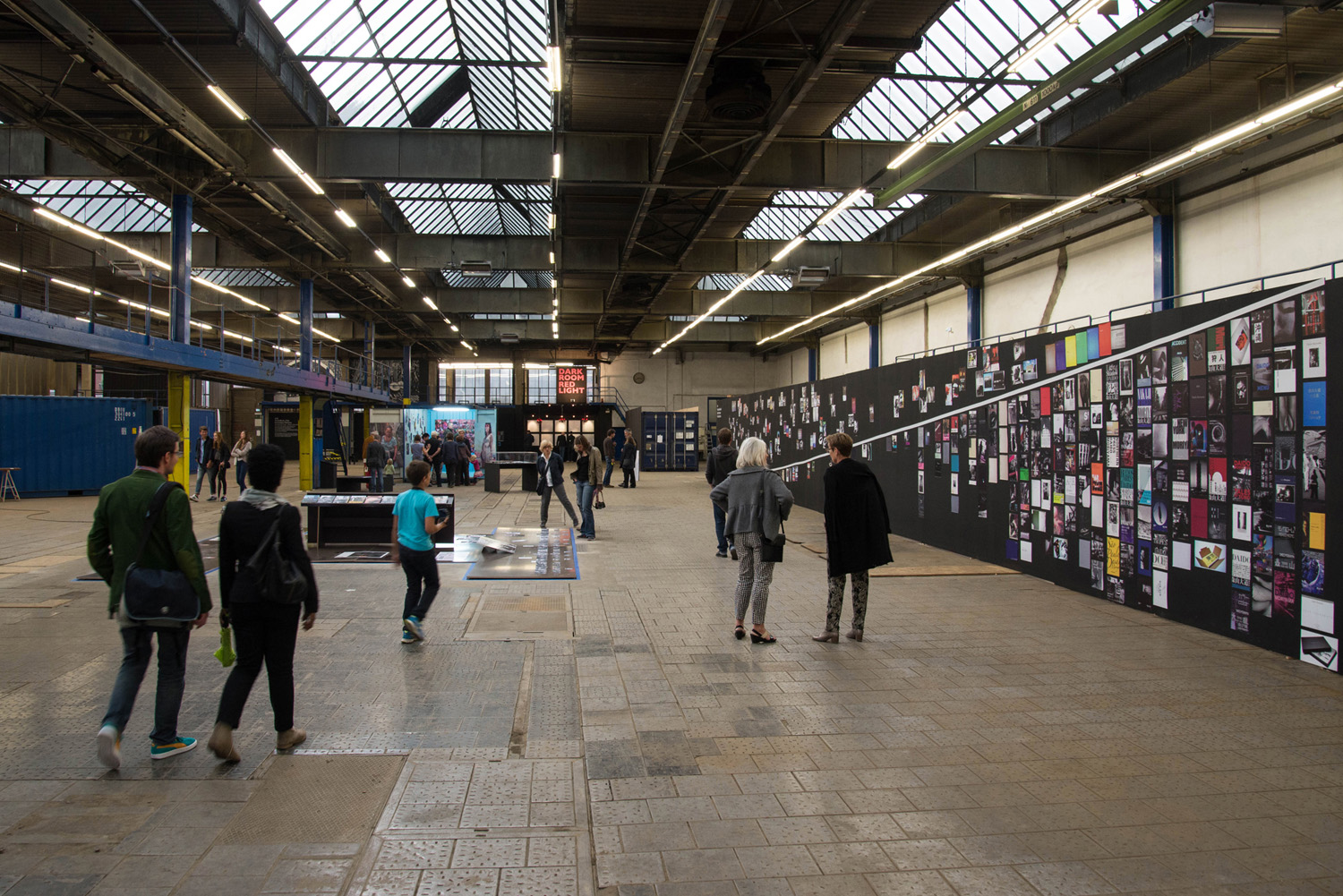LOOKING BACK, LOOKING FORWARD: THE PHOTOBOOKMUSEUM COLOGNE – STAGE 1: THE CARSLWERK EDITION
by Stephanie von Spreter, Fotogalleriet
From 19 August to 12 October this year over 15.000 visitors came to see The Photobook Museum in Cologne, a temporary museum located in a former industrial building (Carlswerk) that aimed at paying tribute to one of the central forms of expression in photography, namely the photobook.
Operated by the Schaden.com Foundation and with the support of a large team of photography enthusiasts from professional and amateur backgrounds, it was truly remarkable to see this project coming into being and keeping up the momentum during the whole opening period.
One of the key elements for making this project so successful, was the museum’s multidimensional and anti-static quality: hosting exhibitions, lectures, photography workshops, artist talks, screenings, study classes, book presentations, guided tours, photobook prizes, competitions, a bar and a bookshop – besides being actively perceived and discussed in the (social) media so that one could follow its programme also from abroad. As a physical visitor, one of course had to focus on a specific time span for experiencing the PhotobookMuseum, having to pick from the elements that met one’s own interest.
Following my visit, it was the large number of exhibitions that stood out, in addition to the enthusiastic mediation of the project by one of the key initiators, Markus Schaden (“Director’s Cut”). It was significantly through its exhibitions, that the PhotobookMuseum worked against the traditional idea of a museum as a place for preserving and conserving cultural artefacts. Quite the contrary, the PhotoBookMuseum initiators state: “When it is kept in a display case, however, a photobook is comparable to Snow White in her glass coffin: beautiful, but not vital. In order not to destroy a photobook, curators usually frame photographs from the book and hang them on the wall. As a result, exhibitions are dominated by individual prints. All attention is focused on them. But the photobook as a whole is the actual work of art. Its special effect can only unfold if it is held in the hand or if fundamentally new forms of presentation can be found.”
(see http://www.thephotobookmuseum.com/en/museum/concept/mobile-exhibition). An interesting approach in a period in which the photobook increasingly becomes a collectible object with a high value attached to it.
The photobook presentations were divided into six sections: 1. PhotoBookHistory (eminently presenting the photobook history by Martin Parr and Gerry Badger as well as the reconstruction of a historic photo exhibition, Chargesheimer Köln 5Uhr30, 2. NewDocuments (with recently published and well-known photobooks such as Cristina de Middel’s The Afronauts, Carlos Spottorno’s The Pigs or Andrea Diefenbach’s Land ohne Eltern,
3. PhotoBookStudies (presenting iconic photobooks including Anders Petersen’s Café Lehmitz, Ed van der Elsken’s Love on the Left Bank and a presentation of Daido Moriyama’s total photobook production), 4. ProjectWork (most prominently a project on Stephen Shore’s The La Brea Matrix photograph and its appearance/influence in and on other photobooks). 5. TheCollections (presenting for example the photobook collection Cäcilia & Walter Zöller) and 6. SpecialRooms (including a reading room curated by the Fotobookfestival Kassel, workshop spaces etc).
Many of the presentations were in containers, some spilling out into the industrial space, others placed in the industrial architecture itself and using the roughness of the space. In order to see the Chargesheimer Köln 5Uhr30 exhibition, one was led down a ramp into the underground, marked by uncomfortable lighting, thus physically evoking the indisposition of being awake in a city at 05.30 in the morning, like in the aftermath of a party when the lights have been turned on and you are being kicked out.
Reappearing from the underground, one could freely move in between the various photobooks turned three-dimensional. Ricardo Cases’s Paloma al Aire for example is a poetic documentation of the so-called “Colombiculture”, which is a sport found predominantly in Spain. Pigeons are painted in the most vibrant colours by their keepers, trained and caressed to become champions in their breed. The Carlswerk building houses cage-like structures from its industrial period that were destined for a presentation of photographs in combination with the book. Another highlight was an exhibition based on Stephen Shore’s iconic photograph The La Brea Matrix, which appeared in several important photobooks and various contexts. The exhibition outlined the photograph’s genesis, its use in photo publications, its importance in a photo-historic context as well as a source of inspiration for many other photographers. Also the presentation of Todd Hido’s Excerpts from Silver Meadows gave thorough background information on the book’s context and formation. And by far the most loosely translated photobook was Anders Petersen’s Café Lehmitz – literally a bar that was constructed according to the black-and-white photographs in the book.
With step one, the so-called Carlswerk Edition and prototype for a photobook museum completed, I am eagerly waiting for the next steps planned: first an online museum, then a mobile museum in modular form with shipping containers to travel the world. And finally step four: a permanent home for the Photobook Museum that will continue to be a source of knowledge, learning and inspiration for a growing audience of photobook enthusiasts worldwide.







